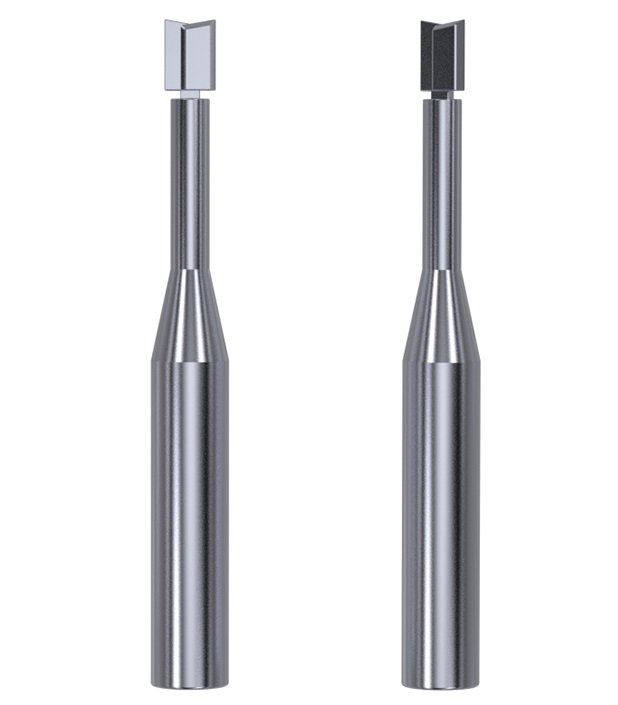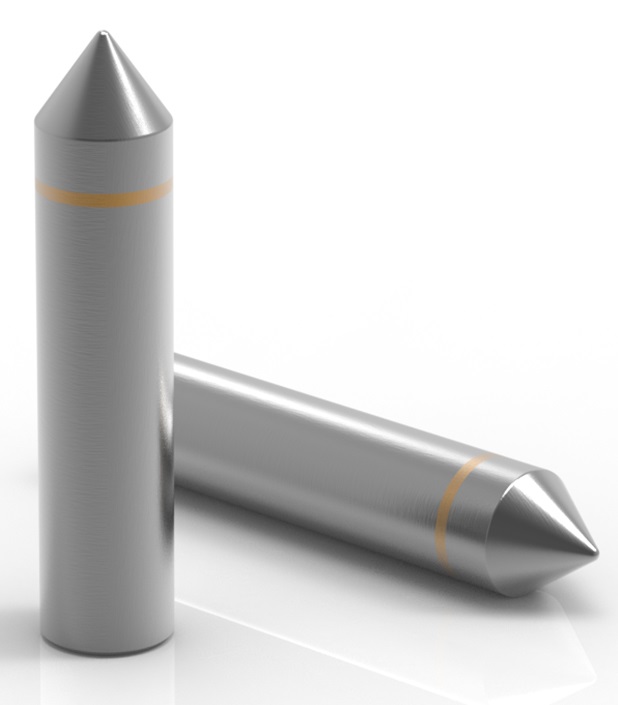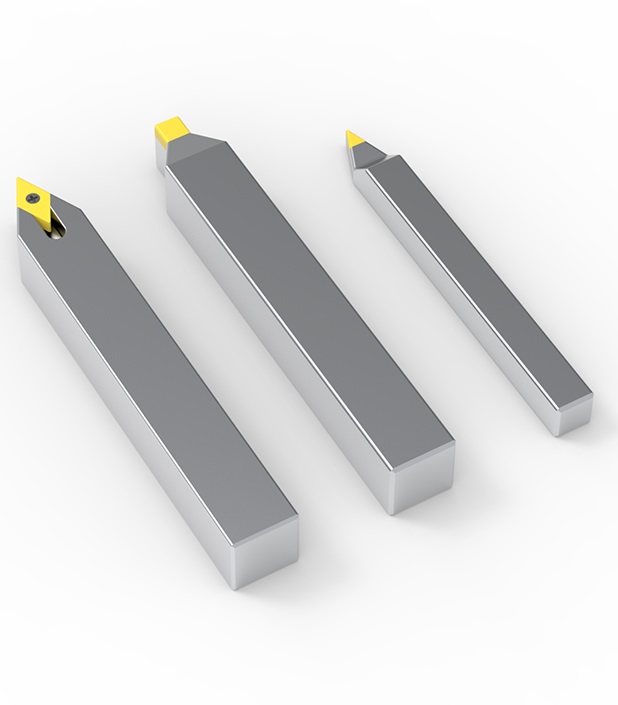Sapphire is one of the hardest non-metallic materials used in modern industries, with a Mohs hardness of 9. It is widely applied in optical lenses, watch crystals, semiconductor wafers, and LED substrates due to its durability, transparency, and resistance to scratching. However, these same properties make sapphire extremely difficult to machine using conventional methods. Traditional carbide or ceramic tools struggle with rapid wear and limited precision when cutting sapphire. This challenge has made MCD cutting tools the preferred solution, as they are designed to achieve ultra-fine surface finishes and maintain durability under high cutting loads. JoyJet, with years of expertise in precision tool development, offers optimized MCD solutions for sapphire machining.

MCD, or Monocrystalline Diamond, is known for its extreme hardness and atomic-level cutting edge sharpness. When applied in tool manufacturing, MCD delivers exceptional precision and wear resistance. MCD cutting tools minimize surface defects and micro-cracks that commonly occur when machining sapphire, resulting in smoother finishes and higher production yield. Additionally, the outstanding thermal conductivity of MCD prevents localized heating during machining, which is crucial to avoid damaging sapphire’s crystalline structure. The combination of hardness, thermal stability, and precision makes MCD tools an essential choice for sapphire-related applications in electronics, optics, and high-end consumer products.

A detailed performance comparison illustrates why MCD is superior for sapphire machining compared to other common tool materials:
Feature | MCD Cutting Tools | Carbide Tools | Ceramic Tools |
Hardness | Extremely high, suitable for sapphire | Moderate, not ideal for hard materials | High, but brittle under stress |
Surface Finish Quality | Mirror-like, eliminates need for post-polishing | Acceptable, requires additional finishing | Good, but prone to micro-chipping |
Tool Life | Very long, stable in demanding operations | Shorter, frequent replacement needed | Moderate, reduced lifespan in sapphire |
Heat Resistance | Excellent due to high thermal conductivity | Limited, prone to thermal wear | Good, but can fail under rapid heating |
Application Suitability | Perfect for optical, electronic, and sapphire | Best for metals and softer materials | Limited to specific non-metals |
This table highlights how MCD outperforms carbide and ceramic tools in every key aspect of sapphire machining, making it the tool of choice for industries demanding uncompromising quality.

The use of MCD cutting tools in sapphire machining has expanded rapidly across multiple industries. In the electronics sector, they are used for slicing sapphire wafers that serve as substrates for LED chips and semiconductor devices, where surface quality directly impacts device performance. In the optical industry, MCD tools ensure flawless finishes in camera lenses, microscope components, and watch crystals. High-precision machining of sapphire also plays a crucial role in aerospace and defense applications, where transparent armor and high-strength windows are required. By leveraging MCD’s ability to provide mirror-like finishes and consistent dimensional accuracy, manufacturers can reduce production steps, increase efficiency, and minimize waste.

Investing in MCD cutting tools for sapphire machining goes beyond immediate precision benefits. Their long lifespan reduces tool change frequency, thereby lowering downtime and maintenance costs. The mirror-quality finishes achieved during machining also eliminate the need for additional polishing processes, saving both time and resources. Moreover, the consistency of MCD’s performance allows industries to maintain high production standards, even when dealing with complex geometries and extremely tight tolerances.
While sapphire machining represents one of the most challenging applications, the same advantages of MCD tools extend to other hard and brittle materials such as ceramics, quartz, and specialty glass. This makes MCD cutting tools not only a technical upgrade for sapphire, but also a versatile solution across a wide range of precision machining needs.
